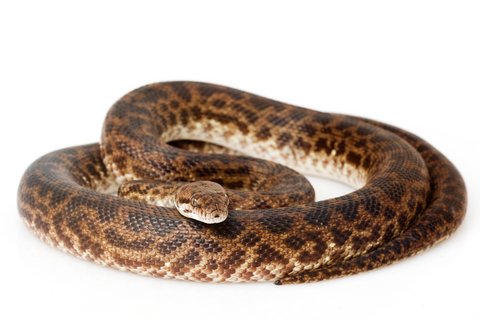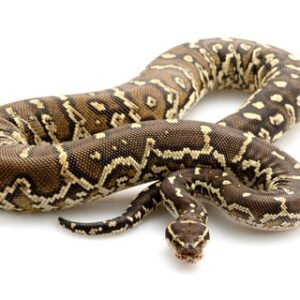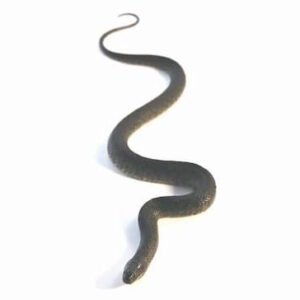Natural Habitat and Characteristics of the Spotted Python
The spotted python (Antaresia maculosa) is predominantly native to Australia, and its natural habitat encompasses several regions, primarily focusing on the northern and eastern parts of the continent. This species thrives in diverse environments, ranging from dense rainforests to open woodlands and shrublands. The adaptability of the spotted python to different habitats is remarkable, allowing it to exploit various ecological niches effectively. In these regions, the python can often be found basking in the sun on rocks or branches, which aids in thermoregulation.
One of the most distinctive features of the spotted python is its striking coloration. This species exhibits a unique pattern, primarily characterized by a series of dark brown or black blotches on a yellow or cream background. This coloration serves a dual purpose: it provides effective camouflage within its natural habitat and can potentially deter predators. Adult spotted pythons typically reach lengths of 4 to 6 feet, although individuals can occasionally exceed this range. Their compact body structure and relative heft facilitate their ability to constrict prey, which includes small mammals, birds, and reptiles.
The behavioral ecology of spotted pythons further illustrates their adaptability. These snakes are mainly nocturnal hunters, utilizing their keen sense of smell and heat-sensing capabilities to locate prey in the dense foliage of their habitat. Their diet consists primarily of small mammals and birds, and they have been observed to be opportunistic feeders, adjusting their hunting methods based on the availability of prey. Seasonal changes in their habitat can influence their diet and behaviors, as spotted pythons demonstrate flexibility in their hunting and foraging strategies. Overall, the combination of their distinct physical characteristics and adaptive behaviors allows spotted pythons to thrive across various Australian environmental landscapes.
Care and Keeping of Spotted Pythons in Captivity
Maintaining a suitable environment for spotted pythons is crucial for their health and well-being in captivity. To start, it is essential to provide a spacious enclosure, as adult spotted pythons can reach lengths of up to 6 feet. A minimum enclosure size of 4 feet long for adults is recommended, while juveniles can thrive in a smaller setup. Ensure that the enclosure is secure to prevent escapes, as these snakes are known for their climbing abilities.
Temperature and humidity are critical factors in the care of spotted pythons. The enclosure should include a thermal gradient, with one side maintained at approximately 80-85°F and the basking area reaching 90-95°F. The cooler side should be around 75-80°F. Humidity levels should be kept between 50-70% to adequately support shedding and overall health. A simple humidity gauge can help monitor these conditions.
Substrate selection is another important consideration. Suitable options include aspen shavings, coconut coir, or paper towels, each of which allows for easy cleaning and comfortable burrowing. Avoid using cedar or pine, as these can be harmful to reptiles.
Feeding spotted pythons is relatively straightforward, as they primarily consume rodents. A feeding schedule of every 1-2 weeks is usually adequate for adults, while juveniles may require more frequent feedings. Always monitor the size of the prey to ensure it corresponds to the snake’s width, avoiding any potential health issues related to overeating.
Handling and socialization are vital for establishing a positive relationship with your pet. Allow the snake to acclimate to its new environment before attempting to handle it, and always support its body fully while gently lifting. Regular, gentle handling can help develop trust and reduce stress, ensuring both the keeper and the snake enjoy their interactions.





